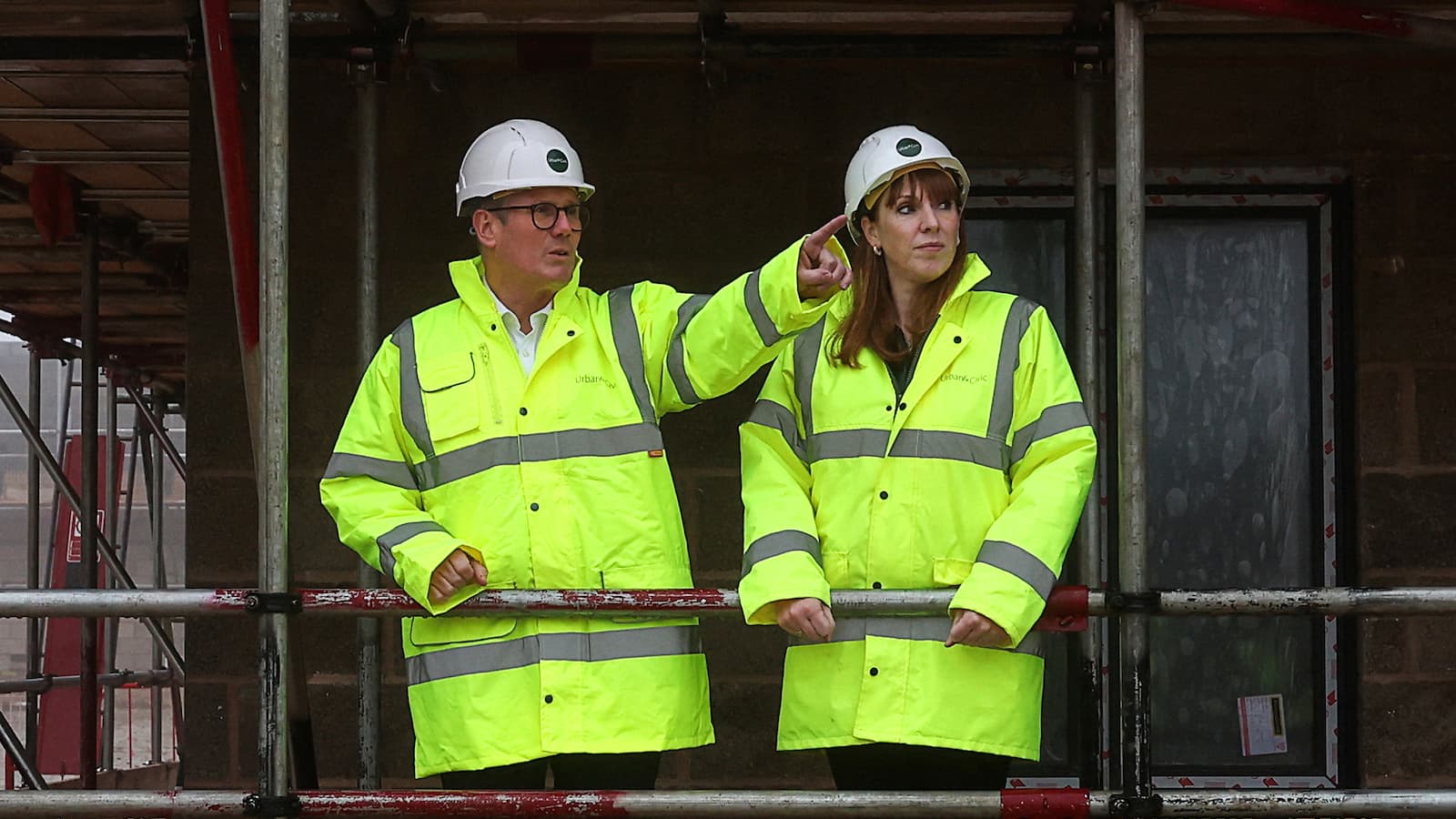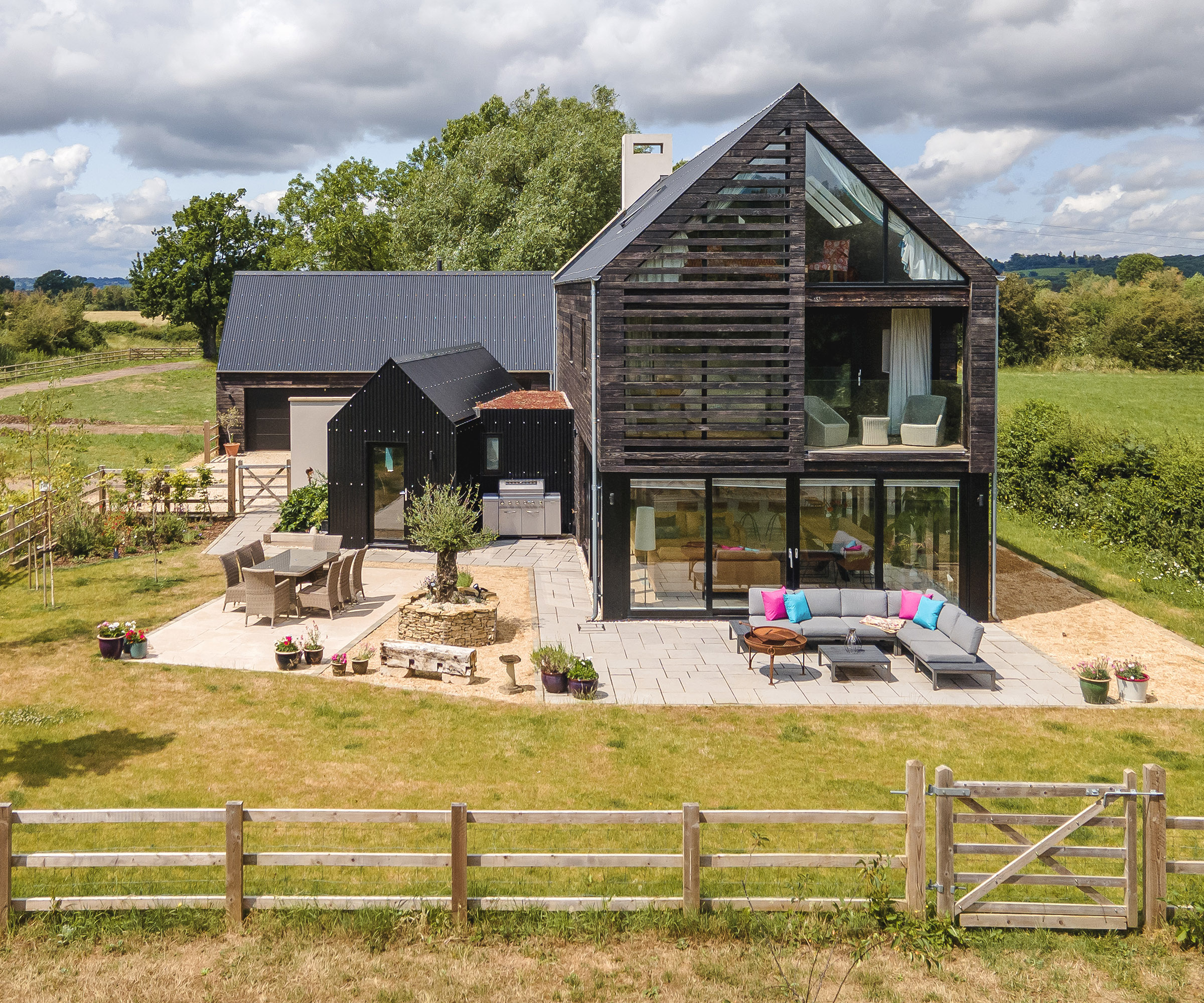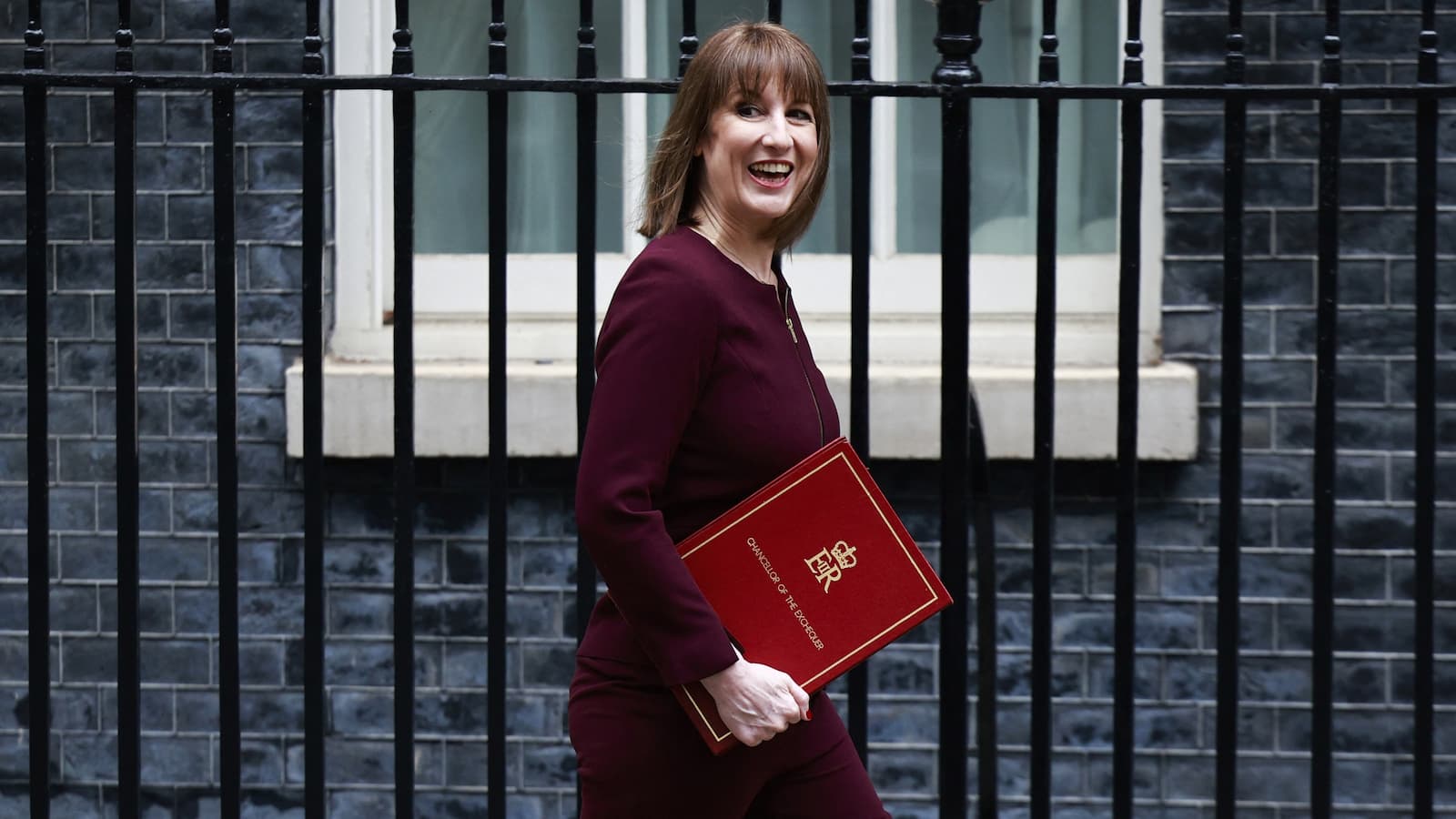What is the Government’s New Housing Bank? How funds might be available for your housing project
Government makes £16bn gamble to build 500k homes, but this could provide finance to self-builders who have been locked out

The Government is launching a £16 billion National Housing Bank, a major new financial institution aimed at tackling the UK’s long-standing housing crisis.
But while the headlines focus on big numbers and national plans, the impact on self-builders may be much closer to the ground.
The bank, part of the government’s “Plan for Change,” will sit under Homes England and is expected to unlock more than £53 billion in private investment.
So, what does this actually mean for the people trying to build a house – not just developers with large portfolios?
What is the National Housing Bank?
At its core, the bank is a new lender. It will use public money to offer low-interest loans, guarantees, and direct investment into housing projects.
It’s meant to support building on difficult or stalled sites, especially where upfront costs like roads, utilities, or land prep have blocked progress.
Its goal is to help build over 500,000 homes, particularly by supporting developments that have struggled to get off the ground.
Bring your dream home to life with expert advice, how to guides and design inspiration. Sign up for our newsletter and get two free tickets to a Homebuilding & Renovating Show near you.
Unlike older schemes, this bank is supposed to be more flexible and long-term, offering and an alternative to the rising mortgages and finance in a way that traditional lenders often can’t or won’t.
Why self-builders should pay attention

This could matter a lot for self-builders, offering alternative routes, especially those who have been locked out of finance.
The government says the bank will work with smaller developers through new loan products and “revolving credit”, designed to offer a form of self-build mortgage to help you move faster and with more certainty.
It’s also expected to back enabling infrastructure, which could make smaller plots or complex sites finally viable for building. If you’ve been sitting on land with planning permission that has no access to upfront funds, this might open new doors.
However, details are still thin. We don’t yet know how easy it will be to apply, what the loan terms will be, or how much of the funding will be reserved for self-build projects - rather than large corporate developers.
What homebuyers and homeowners should know
For buyers, the promise is more housing supply, which could eventually ease pressure on house prices, especially in high-demand areas.
A portion of the bank’s support is earmarked for social and affordable homes, tied to a separate £2.5 billion low-interest loan package and a wider 10-year programme to build 1.5 million homes.
Localised investment, such as funding extensions in London and Greater Manchester, could also bring new housing and regeneration to specific areas.
Industry reaction: Mixed, but watchful
🟢 Positive signals
- The Home Builders Federation (HBF) called the move ambitious, noting: “This level of investment has long been needed. If delivered well, it could turbocharge SME housebuilding and unblock some of the UK’s hardest-to-develop sites.”
- Local leaders also welcomed the scale and structure. Greater Manchester’s combined authority said the extended Housing Investment Loan Fund could help create “thousands of jobs alongside thousands of homes.”
🔴 Skepticism and red flags
Others are more cautious. Some developers are questioning whether Homes England will really have the freedom to move quickly.
- “There’s a risk we’re just repackaging old funds with new branding,” said one finance director at a major housing association.
- Leaseholder groups also say they’ve seen similar promises before. The National Federation of Leaseholders warned: “Long-term structural change is needed - this is a good start, but we need accountability on delivery timelines.”
What happens next?
The bank is expected to begin operations later this year, but timelines, access criteria, and loan terms are not yet public.
Homes England will lead delivery, working with local authorities and private partners. Updates on applications and how this fund self-build projects are set to come in the months ahead.
For now, self-builders and smaller developers should stay alert. If the bank lives up to its design, it could become a valuable new tool to finance your next build – or unlock a site that’s been stuck for years.
But whether this £16 billion gamble delivers real results on the ground remains to be seen.

News Editor Joseph has previously written for Today’s Media and Chambers & Partners, focusing on news for conveyancers and industry professionals. Joseph has just started his own self build project, building his own home on his family’s farm with planning permission for a timber frame, three-bedroom house in a one-acre field. The foundation work has already begun and he hopes to have the home built in the next year. Prior to this he renovated his family's home as well as doing several DIY projects, including installing a shower, building sheds, and livestock fences and shelters for the farm’s animals. Outside of homebuilding, Joseph loves rugby and has written for Rugby World, the world’s largest rugby magazine.
